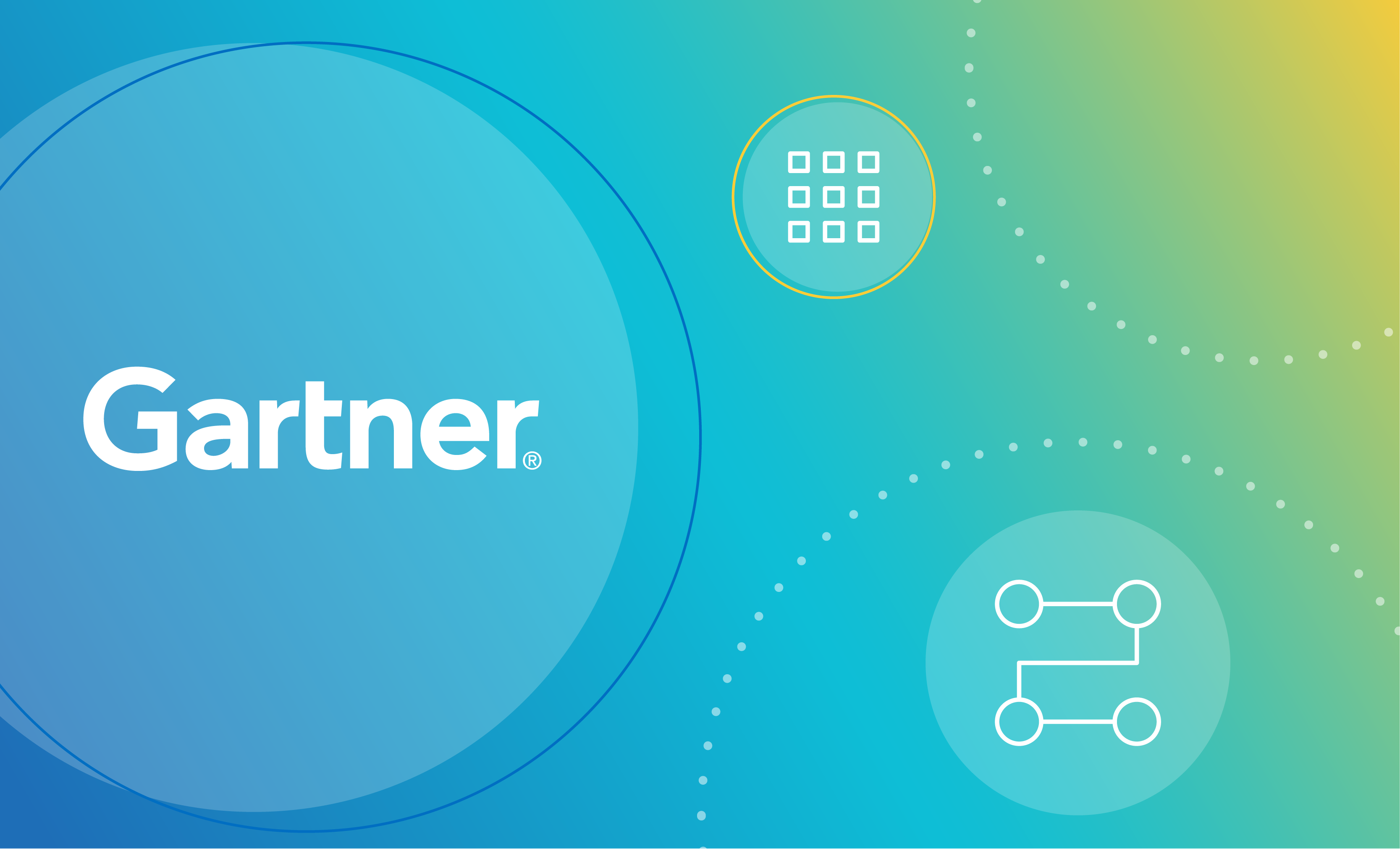I often raise an eyebrow when I read bold software industry predictions by analyst firms, but sometimes I find myself violently agreeing. One of those violent agreements suddenly bubbled up as I was re-reading Gartner’s early work on the emerging Information Stewardship Market (2009) as well as their more recent view on the Hype Cycle for Enterprise Information Management (2015).
I realized Gartner got it right. And they have been getting it right since 2009 when they shared their bold vision for “Information Stewardship Applications”. In that report, Gartner detailed the wide variety of responsibilities stewards shoulder in support of the whole data ecosystem. They concluded that this breadth of responsibility can be sustainably supported only by a horizontal platform of stewardship applications.
The Future of Data Governance: Why the analysts got it right
Gartner’s conclusion ignited a flurry of activity among established data management vendors who rushed to add holistic governance buttons or janitorial stewardship consoles to their existing offerings. Rather than delivering a horizontal platform of stewardship applications, the result simply left stewards with the digital equivalent of duct tape and WD-40: spreadsheets, email, and meetings.
Every organization dreams of having up-to-date, always perfect data where each individual lives and breathes data: from initial data entry all the way to aggregated reporting and predictions. Stewardship drives and maintains that ideal data culture, but the key is to get it kicked off correctly, and to make it cross the adoption chasm. Organizational complexity, maturity, culture, targeted business outcomes – these all factor in how a company starts its stewardship journey, and the requirements affect the daily demands on stewards. In addition to their day job, they juggle data issues one day, onboard critical data elements the next, and agree on data-sharing SLAs the day after, all while trying to win over the hearts and minds of colleagues to turn them into true information advocates.
We realized early on that stewards needed a more organic and all-encompassing platform, so we launched Collibra in 2008. Since then, the needs of the stewards have not simplified. The hard reality is that there is no fully standardized way of stewardship, just like no two companies run their sales or finance operations in exactly the same way. There is only a variety of data responsibilities and formalized processes that have to be: 1) defined and agreed upon, 2) set up and rolled out, 3) measured and monitored, and 4) optimized.
The analysts recognized this early on, and realized they needed a new breed of technology solution, one that focused on making governance stick.
What, exactly, are “stewardship applications”?
A stewardship application is an application that allows the steward to execute a specific stewardship responsibility (like approving a new Critical Data Element), and that automates the coordination and collaboration with other data stakeholders (like escalating an issue to data ).
To help clarify what I mean, here are a few examples of stewardship applications:
- A data helpdesk for issue management: Often users discover the data they want to use is unfit for their purpose (it turns out the quality is too low, the data is not granular enough, …). Cue the steward who has to manage these incoming data issues (triage, root cause analysis, escalation, …).
- A business glossary to centralize and coordinate shared meaning: We don’t always understand each other, especially when we have to move out of our daily business context (e.g., sales) to interact with our colleagues in their business context (e.g., support). Translate this into KPIs, metrics, table names, code, and you can see how stewards often serve as keepers and catalysts of shared understanding (such as uncovering legacy meaning, approving a shared metric, tracking new data development, understanding traceability and lineage, the list goes on.)
- A data valuation console to keep track of the actual (and present and future) value of your data: Not all data is created equal. And, while we live in the age of the data explosion, only a small percentage of that data is actually valuable, especially over a prolonged period of time. Stewards help identify value and prioritize activities so that valuable data can be managed appropriately (valuation criteria, value dashboards, impact on business, …)
The Stewardship Application: Yet Another Stewardship Silo?
This is where it gets really interesting for hardcore data geeks: the silo. Imagine an organization in the beginning of its governance journey. It engaged strategy consultants who masterfully wielded the one data maturity framework to rule them all and swiftly identified two high priority stewardship needs: critical data element identification and issue management. As part of the analysis they concluded that any data initiative in the organization (like analytics, MDM, data quality, …) would inevitably be blocked and even fail painfully without these two stewardship functions.
Stewardship responsibilities cover wide needs, but they operate on a shared foundation: the underlying data, systems and business. Because of this, the only sustainable way to properly automate a stewardship function is to enable it with an integrated data governance platform that hosts each and every stewardship application.
At Collibra we have solved this from day one in our Data Governance Center by focusing on:
- a core integrated governance platform so no stewardship application ever has to feel the cold of a silo
- out-of-the-box stewardship applications so any organization new to the governance game can hit the ground running
- a configurable operating model so complex or large companies can adapt and extend the stewardship applications to their own processes and needs
- an integration capability so stewards can tap into any and all data management and other toolsets already existing in the company.
What does the stewardship future hold?
For the analysts the future holds more research in these interesting data times: by 2016 we will see new Data Governance reports emerge, and by 2017 will bring a clearly defined market.
For organizations that have decided to be really data driven, I predict interesting challenges as they build out their data cultures, and I foresee great success for those that start on the right track. If you start with the wrong stewardship application your core will initially see friction, but if you start with the wrong platform you will lose all hard-won user adoption as you fail to efficiently cross the chasm and are unable to fulfill other stewardship needs.
What your future holds is not determined by the analysts, but by your own key decisions.
My key takeaways:
- First, prove value by building a rock-solid core foundation of adoption. I have seen this work best by focusing all your energy and resources on one or two stewardship applications (e.g., business glossary or issue management).
- Second, leverage that foundation by rolling out all other applications across your organization’s needs. Different parts of the organization will have different requirements so you’ll need another value proposition (different stewardship application) to get them on the stewardship train.



